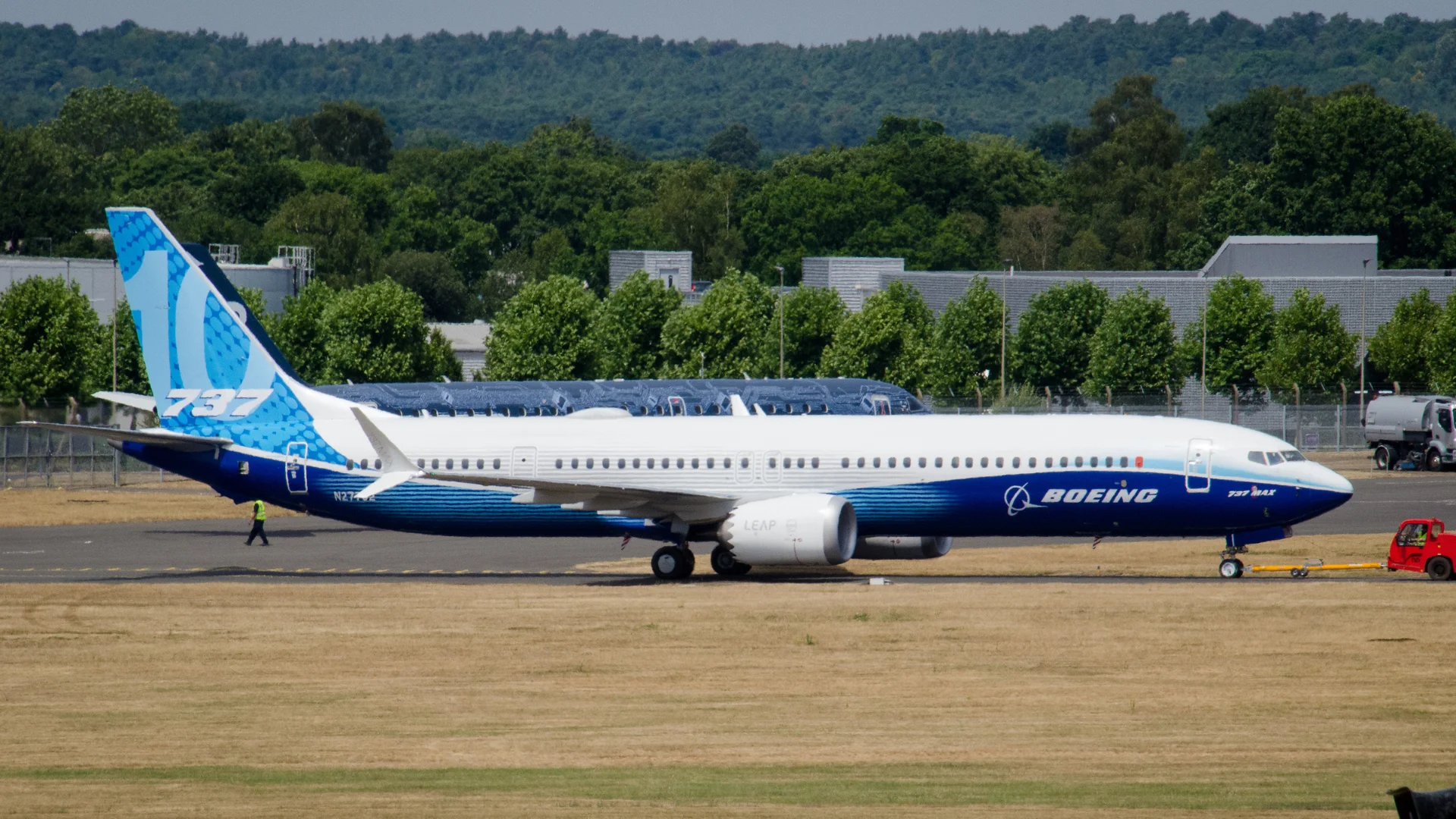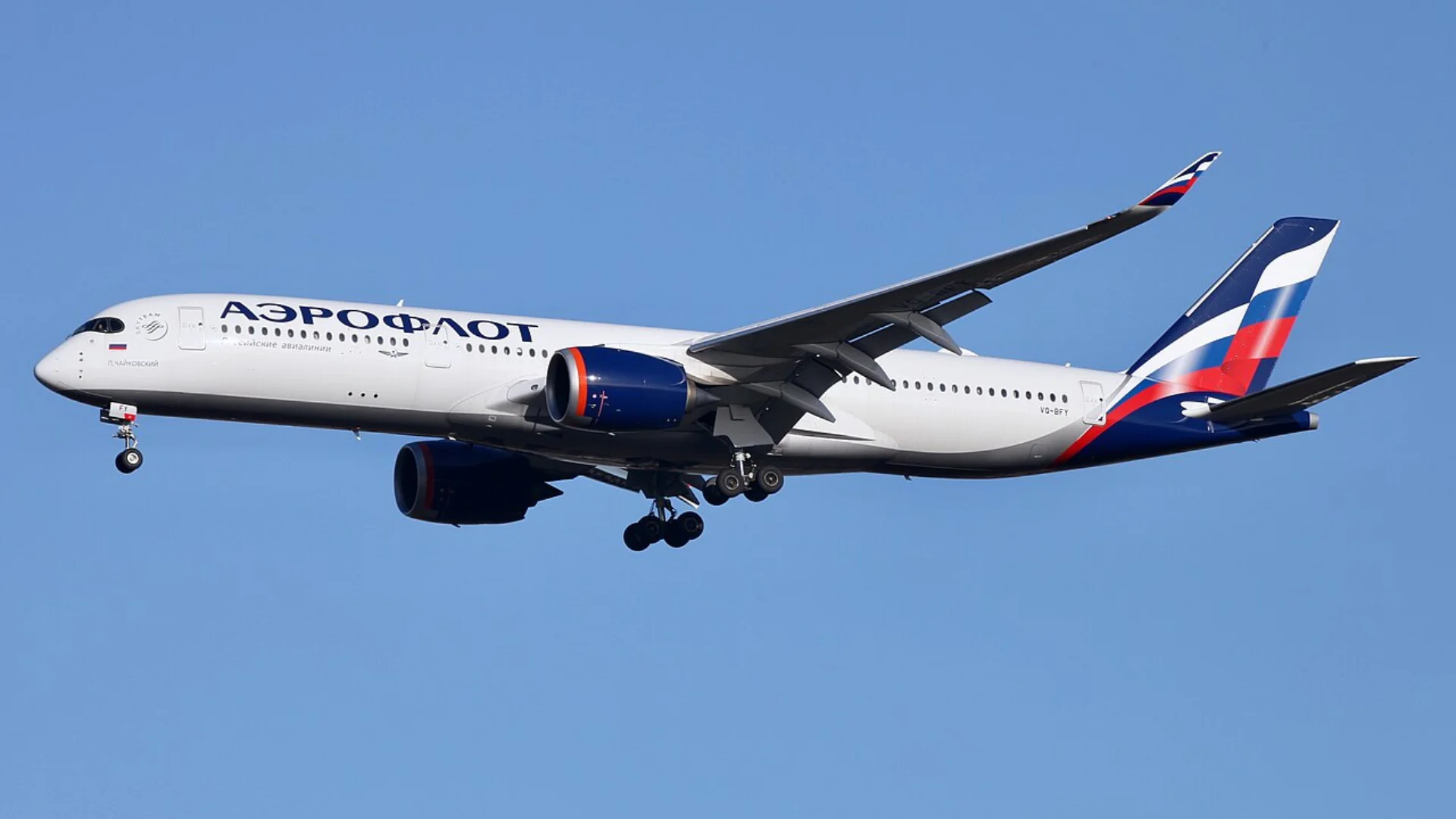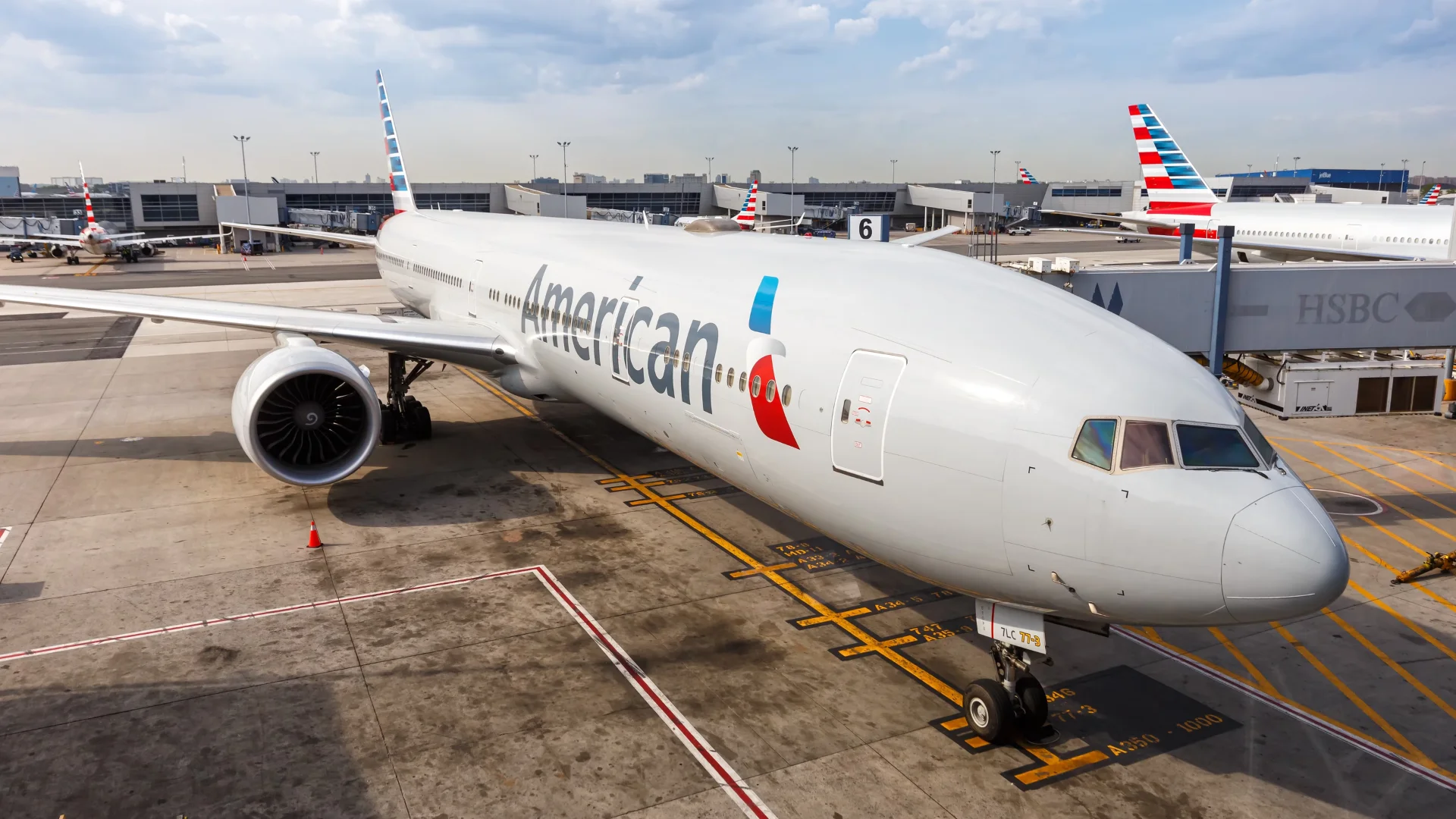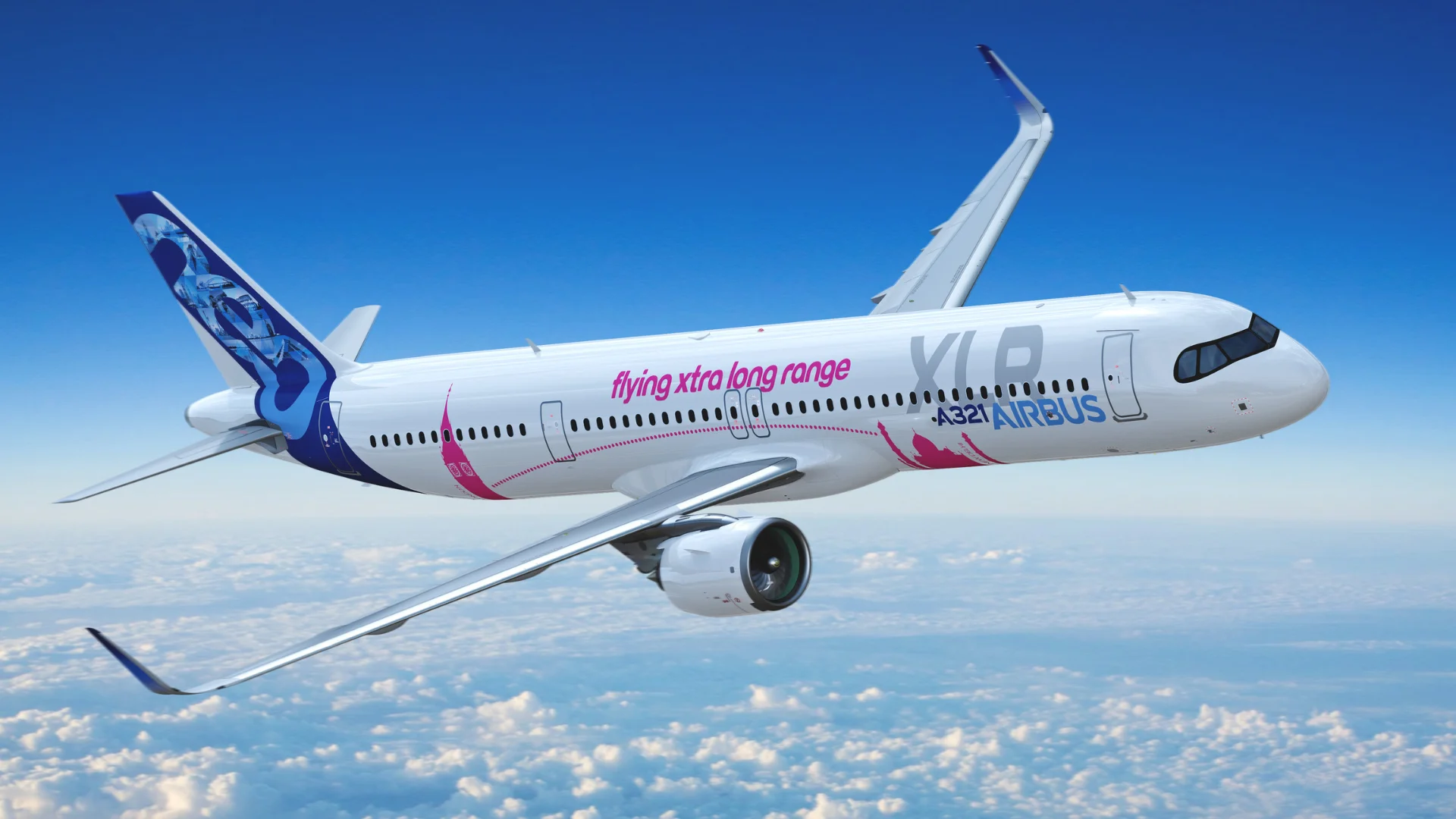The HondaJet is setting itself apart from traditional business jets with its Over-The-Wing Engine Mount (OTWEM) design. Unlike the conventional engine placement at the rear of the fuselage, this innovative design enhances cabin space by eliminating the need for large support structures within the fuselage. The OTWEM configuration also contributes to reduced noise and vibration levels inside the cabin, improving passenger comfort.
The aerodynamic advantages of this engine placement include minimized shockwaves and drag at high speeds, leading to higher cruise speeds and better fuel efficiency. Honda Aircraft Company received Tier-6 Sustainable Flight Department Accreditation from the National Business Aviation Association (NBAA) in October 2024 for these advancements.
The Natural Laminar Flow (NLF) design employed in shaping the nose and wings further enhances performance by reducing turbulent airflow, thus improving speed and fuel efficiency. The aircraft's exterior minimizes disruptions to airflow through careful design choices like integrally machined aluminum skin on the wings.
 Alerts Sign-up
Alerts Sign-up










